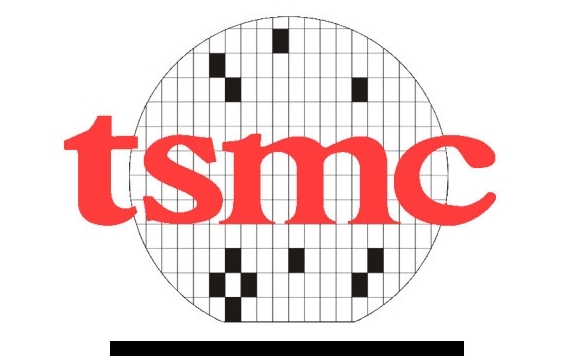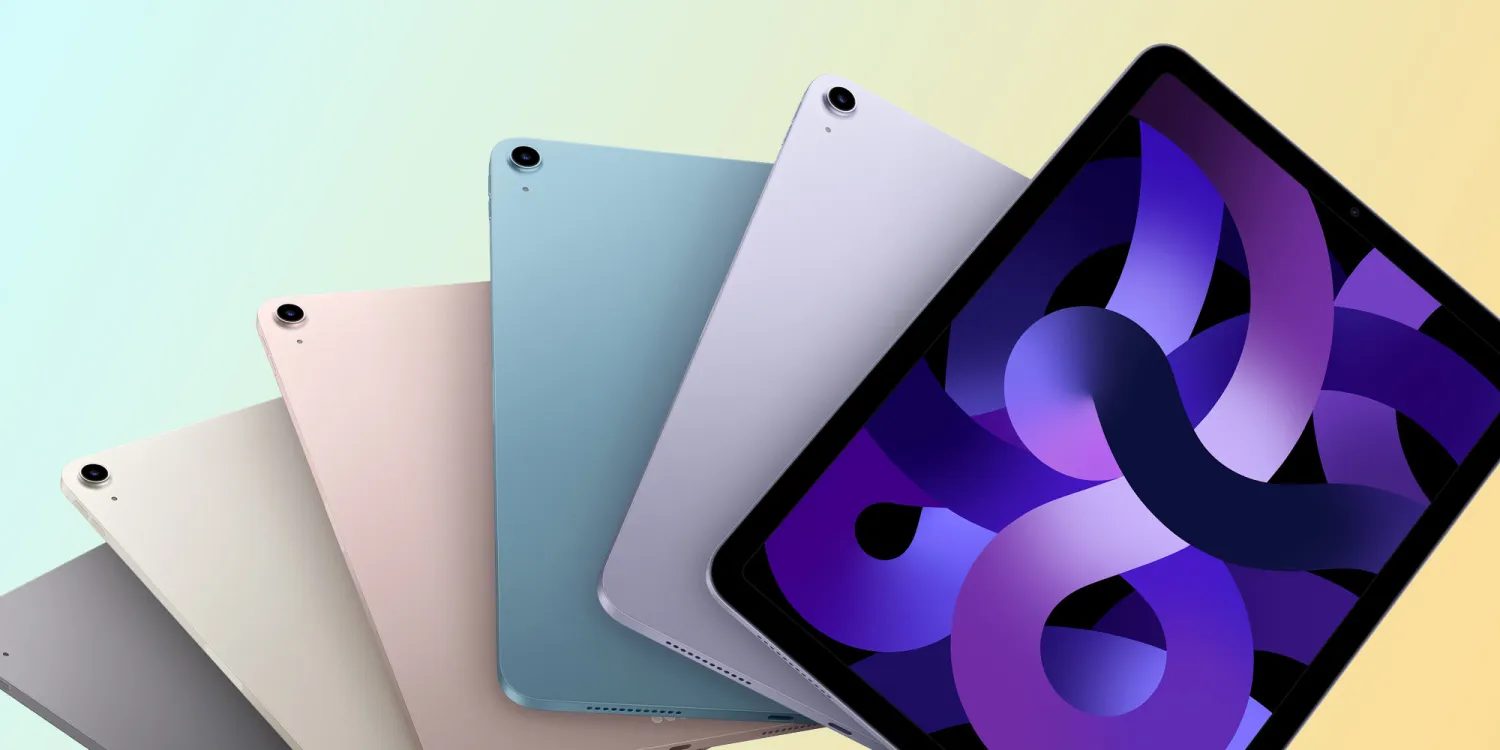
TSMC Begins Production on A13 Chipset Ahead of 2019 iPhone Launch
The chipset to power this year’s iPhones — the A13 — has reportedly entered production.

According to a new report from Bloomberg, the Taiwan Semiconductor Manufacturing Company, or TSMC — one of Apple’s primary suppliers — has begun production of 5-nanometre chipsets that would be featured in future super-efficient flagship smartphones and expects to be ready to begin mass production in the first half of 2020.
TSMC reportedly started early test production of the new A13 chip — which will be powering the 2019 iPhone lineup later this year — back in April, and sources say that mass production could be ready to begin by the end of this month.
This year’s generation of A-series chip is generally thought to called the “A13,” following Apple‘s annual trend of numerical increments. At this point, not many technical details about the chip are known, though it will likely include general improvements across the board when compared to previous versions.
“As part of its annual iPhone refresh, Apple typically includes significant upgrades to the main processor, boosting speeds and battery life,” reads the report.
“The company’s chips are often ranked as top performers by analysts and technical websites. That helps set the iPhone apart from its Android-based competition, which relies heavily on Qualcomm Inc. processors. Some rivals, such as Samsung Electronics Co. and Huawei Technologies Co., have embraced Apple’s approach and now make phones using their own chips.”
The A13 will be featured in all three 2019 iPhone models, successors to last year’s iPhone XR, iPhone XS, and iPhone XS Max, reads the report, citing people familiar with the matter. The two flagship models are apparently code-named D43 and D44, while the successor to the iPhone XR is called N104.
According to the report, all three models will outwardly look very similar to last year’s iPhones, but the iPhone XS and iPhone XS Max updates will gain a third rear camera; the iPhone XR successor will get a second camera on the rear.
Apple’s A-series chips are at the core of the company’s iOS-based devices, and even devices like the Apple TV and HomePod. Apple’s choice to develop its own silicon for its devices has led to even tighter integration within the company’s hardware and software ecosystem, and the kind of performance gains and advanced features that can be expected with the ability for Apple to tailor each generation of CPU and GPU to meet its own specific requirements.
Apple’s tight control over both hardware and software, and its ability to specifically craft chipsets — whether processors, graphics, or co-processors dedicated to specific features — have helped with not just performance but power management and security, as well.

